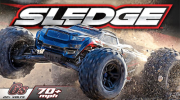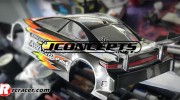How To Adjust Ride Height
Many drivers spend loads of money for new motors, speedos, cars and other stuff but money alone wouldn’t buy you race victories. You also need to know how to set-up your ride as even the most expensive components and the best car are nothing without a proper set-up. One of the parameters that is often forgotten beside things like caster, camber and toe settings is the ride height. The correct ride height may not heal an erratic handling car and is not as important as shock oils and springs but often a couple of millimetres can make all the difference between a good and a very good handling car.
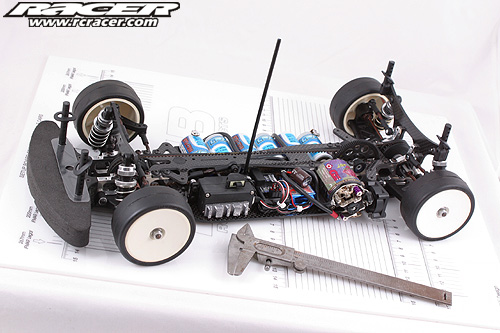
Before changing any settings on your chassis make sure it is ready-to-go in terms of full RC equipment, batteries or fuel, transponder etc. You can leave the body off of touring cars for the moment as they keep you from adjusting the shock pre-load easily. Now place the chassis on a dedicated set-up board or a glass plate as this ensures a 100 percent even base.
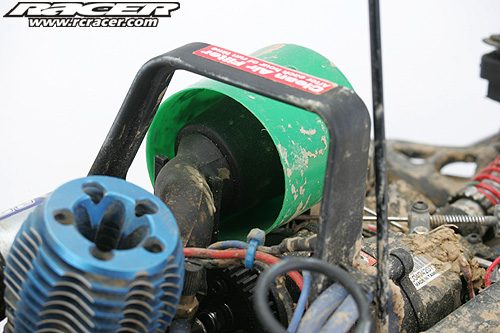
Compress the suspension fully two or three times to let the chassis settle. This simulates a seated suspension after a couple of laps on the track and ensures proper conditions when measuring the ride height.
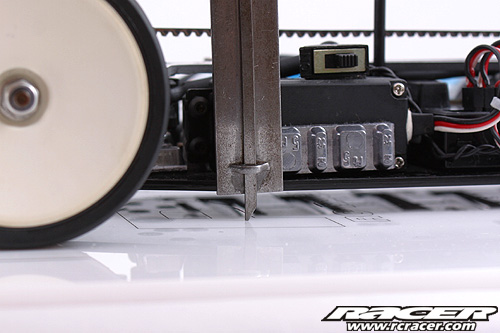
To measure the ride height or ground clearance you can choose between different tools to do so. Several aftermarket companies offer special triangle shaped Ride Height Gauges that help measure the ride height fast and easy. If your tool box contains a calliper you can of course use this too. You also can choose to measure the settings on two or four different locations on the chassis. With the first you measure the distance from the set-up board to the chassis plate front and rear exactly in the middle of the chassis along a line ranging from front to rear. The other possibility is to measure the distance on the outer parts of the chassis plate on all four corners.
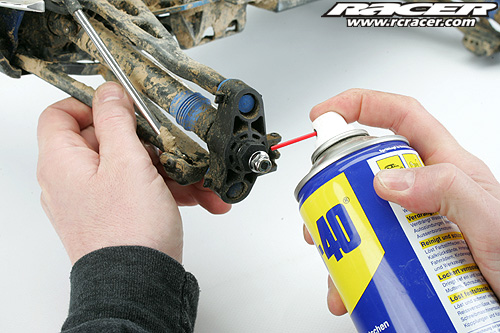
The ride height is adjusted by the spring pre-load. Depending on the specs of your car, the spring pre-load is done with the help of different thickness spacers or nuts on the threaded shock body. Threaded shock bodies have the advantage of no additional tools or parts needed that can get lost like tiny plastic spacers.

A good basic set-up for all type of cars and trucks is when the dog bones or universals are level or just below level to the ground. Many set-up sheets on the internet show this description when no exact ride height is given. Also in many cases the ground clearance of the front end is lower compared to the rear. An example: Electric touring cars often run at around 5.5 mm up front and 6.0 mm in the rear. This ensures a good balance between front and rear grip as well as results in better turn-in into corners. However there are of course exceptions from the norm. The best thing you can do is to have a look into different set-up sheets for your car of even better to try different settings on the track to find the set-up that best suits your car, track and driving style.
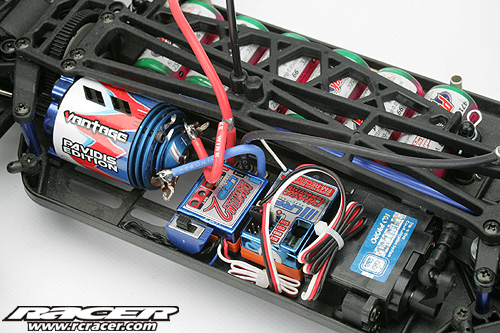
As a rule of thumb, high grip tracks make it necessary to lower the ride height to reduce the chassis roll and the chance of traction rolling during fast cornering. Low grip surfaces allow for higher ground clearance to let the chassis roll and gain side bite. But the needed ground clearance not only is affected by the amount of traction available but also by the condition of the track. Flat surfaces allow you to run a lower chassis while bumpy tracks make it necessary to raise the ride height as otherwise the chassis plate may bottom out over the big bumps. Again try different settings, check lap times or talk to other drivers to find out about their settings.










